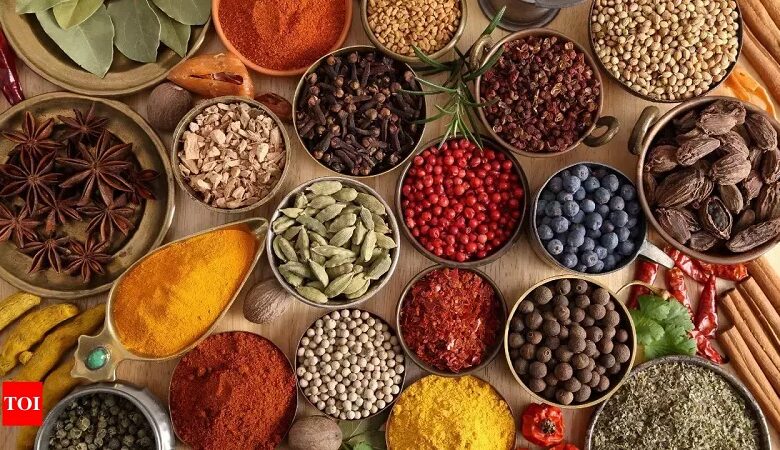Ethylene Oxide Contamination in Indian Food Exports: A Persistent Concern

News Mania / Agnibeena Ghosh/ 27th April 2024
Ethylene oxide, a hazardous chemical known to cause cancer, has become a recurring issue in Indian food exports, with traces of the chemical prompting bans on Indian products in Hong Kong and Singapore. Despite routine detection by the European Food Safety Authority (EFSA), Indian officials have yet to take proactive measures to address the contamination.
Between September 2020 and April 2024, European Union food safety authorities identified contamination in 527 products originating from India. The affected products predominantly included nuts and sesame seeds, herbs and spices, dietetic foods, and other food items. Out of these, 87 consignments were rejected at the border, while numerous others were subsequently withdrawn from markets. Ethylene oxide, primarily used as a pesticide and sterilizing agent, was originally intended for sterilizing medical devices but has found its way into the food supply chain. Exposure to this chemical is associated with various cancers, including lymphoma and leukemia.
Data from the Rapid Alert System for Food and Feed (RASFF) revealed that ethylene oxide was detected in 525 food products and two feed products. India was identified as the primary origin country for 332 of these products, although other countries were also implicated where traces of the chemical were found.
Jubin George Joseph, Chief Operating Officer of Ramaiah Advanced Testing Labs, highlighted the additional risks posed by ethylene oxide contamination, including the production of harmful by-products such as ethylene glycol. He stressed the urgent need for the Indian government, particularly the Food Safety and Standards Authority (FSSAI), to explore safer alternatives such as gamma-ray treatment and encourage industries to adopt these methods.
Activists have also expressed concerns about the presence of such chemicals in exported goods, emphasizing the necessity for thorough safety checks in local markets. Despite inquiries sent to FSSAI, responses were not available, raising questions about the government’s commitment to addressing this issue.
Joseph suggested that ethylene oxide is likely used widely for sterilization purposes against bacteria like salmonella and E. coli. He underscored the need for more comprehensive testing for the chemical to obtain a clearer understanding of its prevalence and its potential health impacts.
In response to these concerns, the EU has set a limit of 0.1 mg/kg due to worries over ethylene oxide and its highly toxic breakdown products, 2-chloroethanol, and ethylene glycol. While the Spices Board advised exporters to conduct tests for ethylene oxide in September 2021, the detection of 121 contaminated products in 2022 and 2023 indicates that Indian products have yet to meet quality standards.
The persistent presence of ethylene oxide in Indian food exports underscores the urgent need for robust regulatory measures and proactive steps by authorities to ensure the safety and quality of food products. Additionally, greater transparency and cooperation between government agencies, industry stakeholders, and testing laboratories are essential to address this pressing issue effectively.






